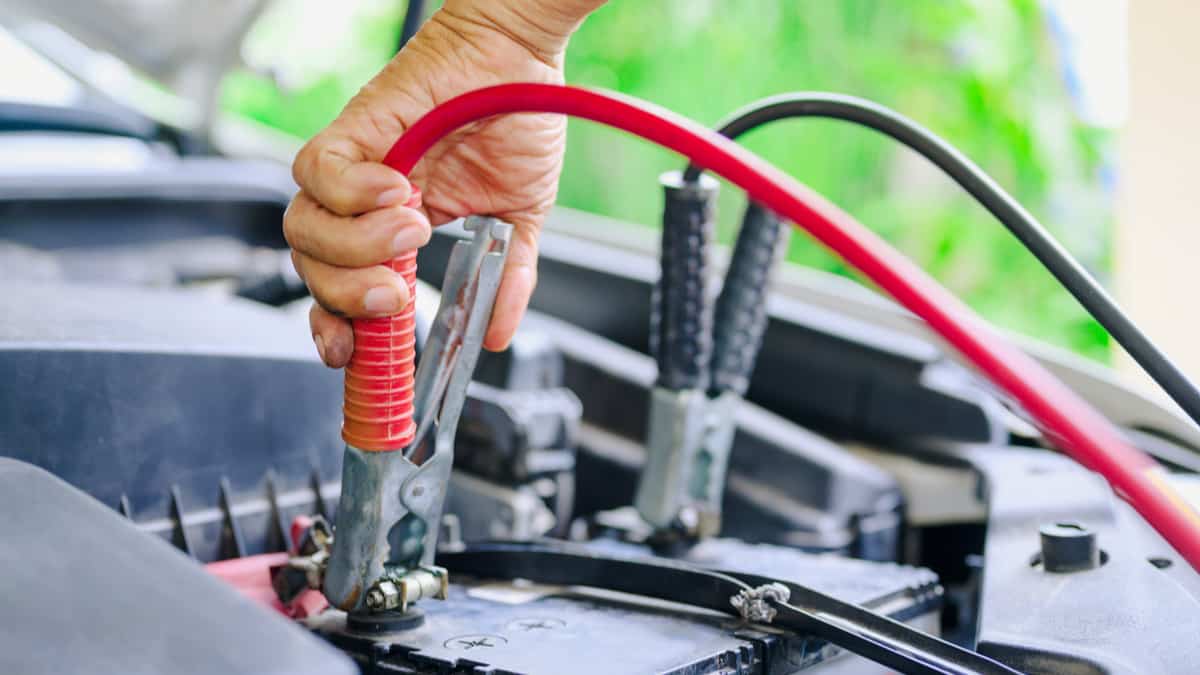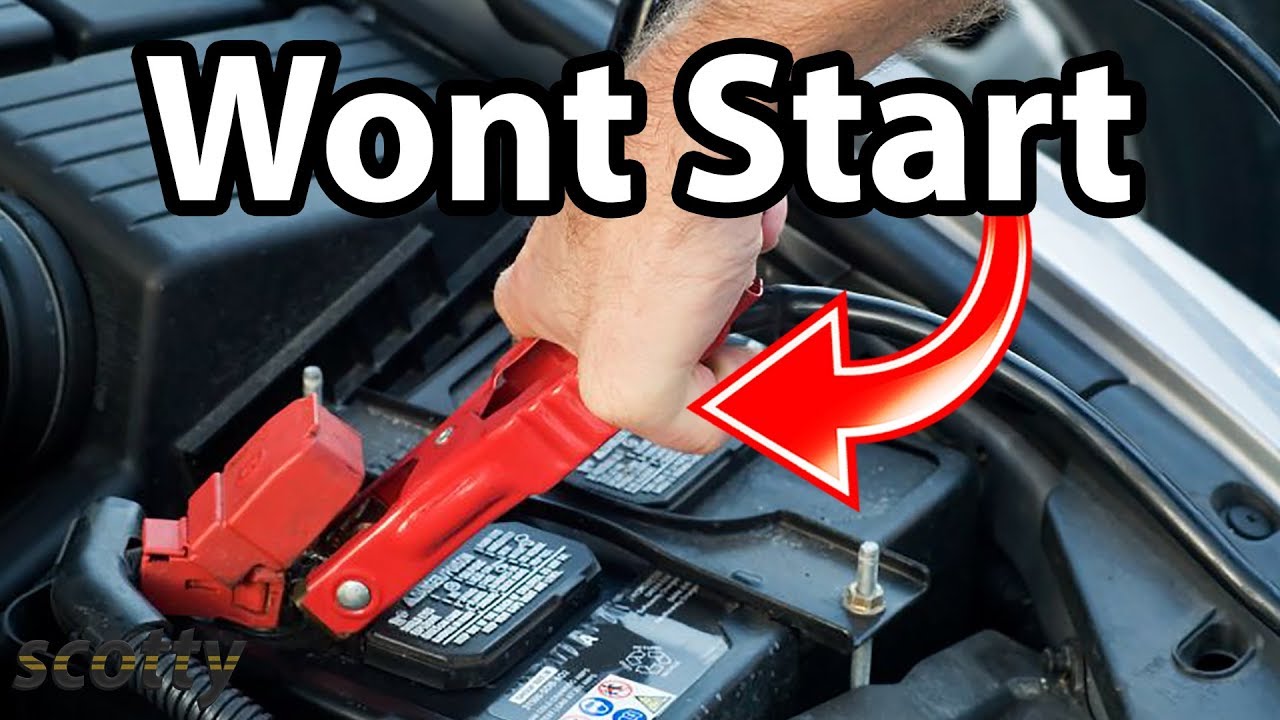If your car won’t start with a jump, it may indicate a faulty starter or battery. This article provides troubleshooting tips and possible reasons why your car won’t start after attempting a jumpstart.
A car that fails to start after a jump could have issues with the ignition switch, spark plugs, or fuel system. Additionally, corroded battery terminals or a faulty alternator could also be the culprits. By diagnosing and addressing these potential problems, you can get your car back on the road quickly and efficiently.
Keep reading to learn more about troubleshooting a car that won’t start with a jump.

Credit: mechanicbase.com
Why Your Car Won’T Start With A Jump
Car won’t start with a jump? It can be frustrating, but don’t worry, we’re here to help. There are common issues that can prevent a car from starting even with a jump. First, check the battery connections to ensure they are clean and tight.
If that’s not the problem, it could be a faulty starter motor, ignition switch, or even a blown fuse. To troubleshoot, try turning on the headlights; if they are dim or flickering, the battery may be dead. Another option is to use a battery charger to fully charge the battery.
If none of these steps work, it’s best to call a professional mechanic for further diagnosis and repair. Keeping up with regular car maintenance and addressing issues promptly can help avoid this frustrating situation.
Dead Battery Or Faulty Connections
When your car won’t start even with a jump, it could be due to a dead battery or faulty connections. The symptoms of a dead battery include dim lights and weak electrical components. You may also hear a clicking sound when turning the key.
To diagnose the issue, inspect the battery connections for corroded terminals and loose cables. Proper cleaning techniques can help resolve these issues. If the battery is indeed dead, you can jump-start the car with another vehicle. However, it’s essential to take safety precautions and follow a step-by-step process to avoid accidents.
By addressing the battery or connection problems, you can get your car up and running again.
Failed Starter Motor
When your car won’t start with a jump, it could be due to a failed starter motor. One sign is no response when turning the key. You might also notice shaking, grinding, or whirring noises. Before assuming it’s the starter motor, check for other potential causes, such as ignition switch issues or a malfunctioning relay or solenoid.
If it is indeed the starter motor, you may need to replace it. There are some diy tips and tricks that can help with this process, but if you’re unsure, it’s best to seek professional help. Recognizing the signs of a faulty starter motor can save you time and frustration, so pay attention to any unusual symptoms your car exhibits.
Alternator Problems
The alternator plays a crucial role in the starting of a car. It charges the battery while the engine runs, ensuring a steady power supply. Understanding the role of the alternator is important, as it can help diagnose issues when the car won’t start with a jump.
Indications of a failing alternator include frequent battery drain and warning lights on the dashboard. To diagnose and fix alternator problems, testing with a multimeter is recommended. Faulty components may need to be replaced to restore proper functioning. It’s essential to address alternator issues promptly to avoid further damage and ensure the car’s reliability on the road.
Conclusion
After examining the common causes and troubleshooting steps for a car that won’t start even with a jump, it becomes evident that multiple factors can contribute to this frustrating issue. Whether it’s a faulty battery, a bad starter, or a charging system problem, it’s important to address the root cause to prevent future breakdowns.
Regular maintenance, such as checking battery voltage levels and cleaning battery terminals, can help prolong the lifespan of your car’s electrical components. Furthermore, seeking professional assistance from a qualified mechanic or automotive technician can provide accurate diagnosis and appropriate repairs.
Remember, a reliable and efficient car relies on a healthy electrical system, so understanding the reasons behind a car that won’t start is essential for ensuring smooth journeys and avoiding unnecessary inconveniences on the road.

